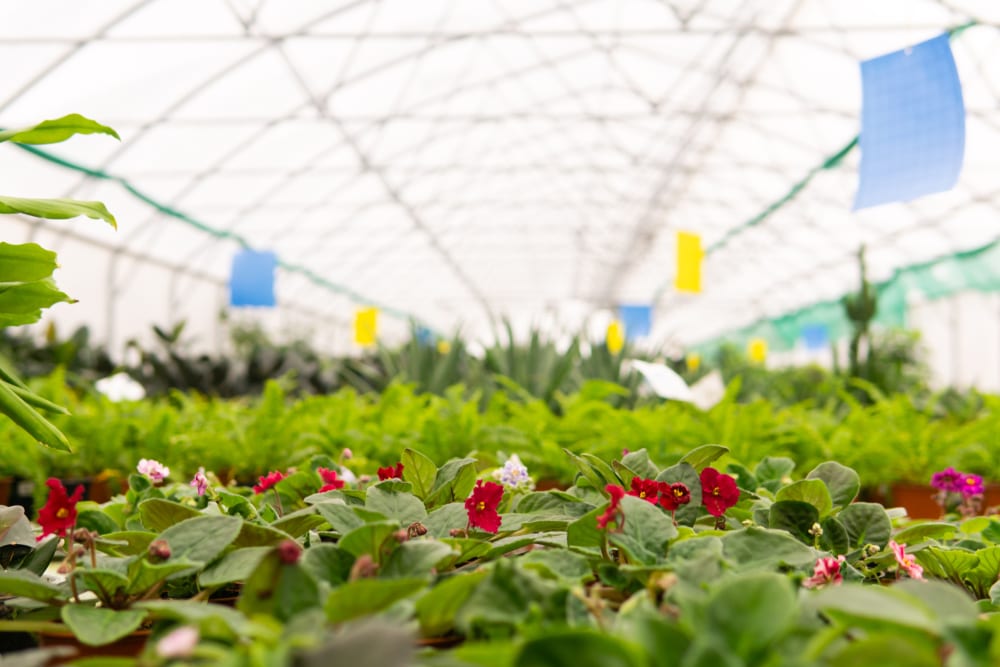An overview of the MPS-ECAS certificates for which you must perform an internal audit:
MPS-GAP
MPS-Quality
GLOBALG.A.P.
GRASP
TESCO Nurture
On the way to PlanetProof
BRCGS
FSCC22000
ISO9001

You have decided to have your organisation certified, but how does that work? You will receive an external audit where an auditor visits your company, but prior to this it is mandatory for many certificates that you do an internal audit. This applies, for example, to MPS-GAP. But why is it important that you do an internal audit first? And how do you perform a good internal audit?

Ruud van den Akker Leen van Driel
“If a grower wants to pass the external audit, it is important that he or she checks whether the set requirements are met. During an internal audit, the grower therefore checks the checklist of the standard concerned, for example that of MPS-GAP. This way, the grower knows whether the organisation is ready for the external audit, ”says Ruud van den Akker, auditor and product manager of, among others, MPS-ABC at MPS-ECAS. “In addition, performing an internal audit is often mandatory. This means that the audit will not proceed if the internal audit has not been carried out.”
Higher success rate
By conducting an internal audit, the grower avoids being faced with surprises. Leen van Driel, auditor and product manager of, among others, MPS-GAP at MPS-ECAS, says: “You actually test whether you do what you say. Moreover, performing a good internal audit ensures that few points for improvement come up during the external audit. That is why growers who perform a good internal audit have a higher chance of success.”
So you can actually call the internal audit preparation for the external audit. One question that may arise is whether there are sufficient first aid kits available at the company. Van den Akker: “If there are only two on a twenty-hectare company, for example, that is not enough. You can easily solve something like that by buying extra first aid kits. That way you ensure that you do not fail during the external audit. ”
Findings
Growers often think that performing the internal audit is a daunting task: the checklist is often many pages long. “It seems like a lot, but often eighty percent can be checked and ticked off quickly. You spend more time on the other 20 percent,” says Van den Akker. “Many people find it difficult to perform the internal audit, but the most important thing is that the points in the checklist have been thought through by the grower. As an auditor, you can see this from the findings that the customer has written down.”
Often eighty percent can be checked and ticked off quickly
For example, the MPS-GAP checklist contains the requirements that must be met in order to pass the standard. Under ‘Interpretation’ is what is meant by the requirement, followed by ‘Implementation’; if the requirement is met, the grower enters ‘Yes’ here. Under “Findings” the grower writes why he or she thinks that a certain requirement has been met. Van Driel: “Does a grower have everything set to ‘Yes’? Then we shouldn’t be able to find anything. ”
But how is a good internal audit performed? “Start by checking off the requirements that are already in order. Then you can focus on the things you still need to fix. This makes it easier to estimate how much time you have lost,” says Van den Akker. Van Driel has another important tip: “I went to a grower once and he said “what a pity that you are so early, I was just about to do the internal audit”. Of course, the internal audit made little sense any more, so my advice: start on time.”
MPS-GAP
MPS-Quality
GLOBALG.A.P.
GRASP
TESCO Nurture
On the way to PlanetProof
BRCGS
FSCC22000
ISO9001
Do you have questions about performing the internal audit? Please contact Service & Support via info@ecas.nl or +31 (0)174 – 615 715.